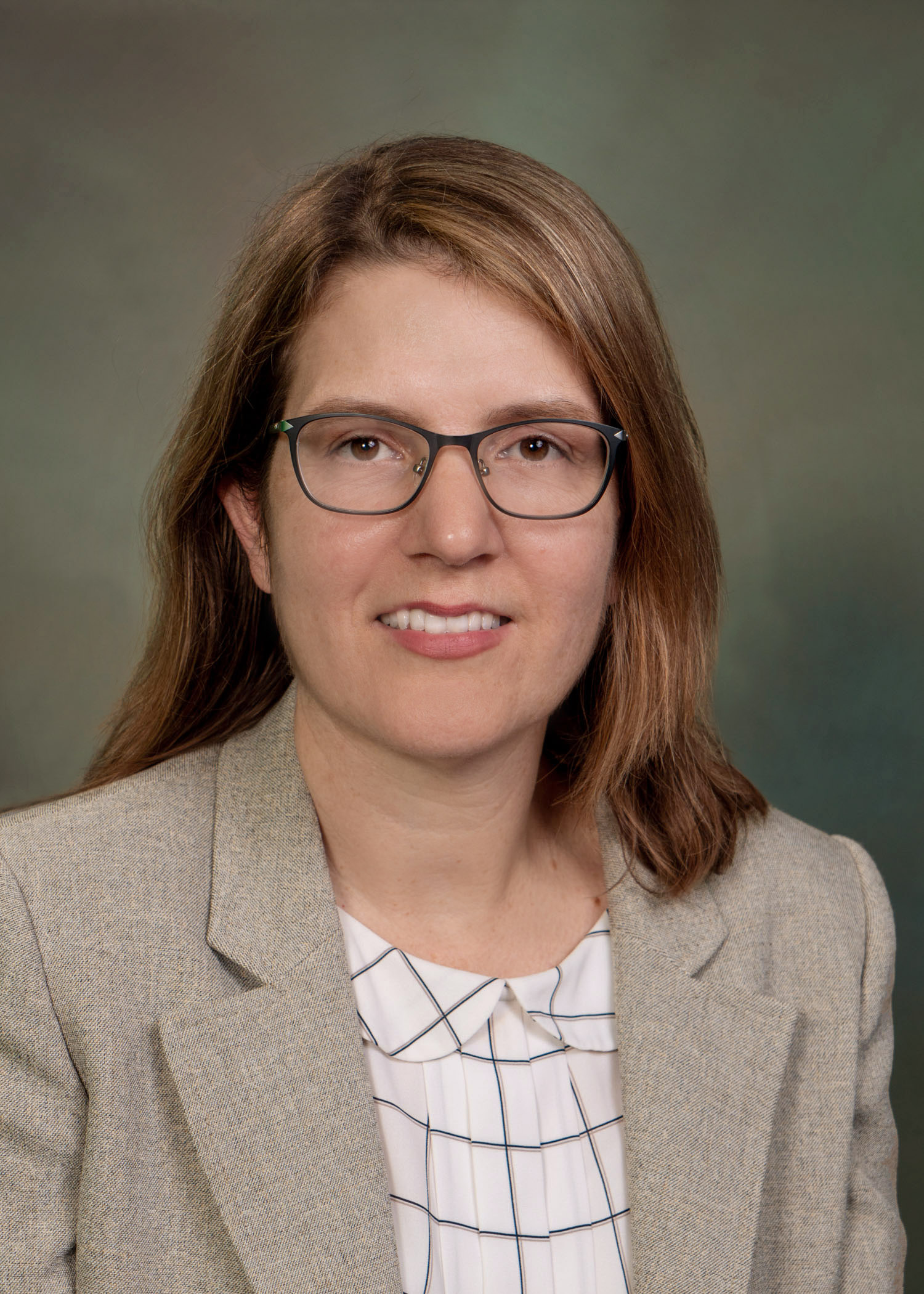A temporary waiver will allow borrowers to earn credit for payments that normally do not qualify toward the Public Student Loan Forgiveness (PSLF) program, but the window is closing.
PSLF, created in 2007, allows borrowers working in an eligible public service job (to include uniformed service) to qualify for Direct Loan cancellation after making 120 payments. But the program has been fraught with issues – 94% of DoD borrowers who applied for loan forgiveness were rejected, according to a 2021 Government Accountability Office study.
Late last year, the Department of Education announced a new PSLF waiver extending benefits to borrowers who had previously been shut out of the program, often because of poor practices by loan servicing companies. There are an estimated 1.3 million borrowers who qualify for PSLF — many of them active duty servicemembers — but borrowers must file a PSLF application before Oct. 31 to take advantage of the waiver.
How the Waiver Helps Borrowers
Changes under the waiver include:
- Along with Direct Loans already covered by the program, you can receive credit for periods of repayment on Federal Family Education (FFEL) loans, Federal Perkins loans, or other types of federal loans. You must consolidate those loans into the Direct Loan program by Oct. 31.
- Any prior period of repayment will count as a qualifying payment, regardless of loan program, repayment plan, or whether the payment was made in full or on time. Periods of payment on loans before consolidation count, too.
- If you made more than 120 qualifying payments to an existing Direct Loan, you will automatically receive a refund for the excess payments, as long as you have your employment certified.
Amounts forgiven under the PSLF program are not considered income by the IRS, and you will not have to pay federal income tax on the amount of the Direct Loans that are forgiven.
[RELATED: More Financial News and Resources From MOAA]
What remains unchanged under the temporary waiver is that you must still make 120 qualifying payments and must have been employed full-time by government, a 501(c)(3) nonprofit organization, or other nonprofit organization that provides a qualifying service when you made the payments.
It’s important to note that generally you can receive credit for only those periods of time when a loan is in an “In Repayment” status, which means you cannot receive payment credits for a loan that is in forbearance, deferment, or default. However, Federal Student Aid has indicated it will provide automatic credit to borrowers who were in a military or military-related forbearance. The department has not provided any details on the change, which it says will come at a later date.
Borrowers also may receive credit for time in COVID-19 related deferments and forbearances.
What to Do
Whether borrowers are working toward PSLF or think they have already made 120 qualifying payments, they should fill out and submit the PSLF and Temporary Expanded Public Service Loan Forgiveness (TEPSLF) Certification and Application form before the October deadline. The PSLF Help Tool guides borrowers through the process.
Once borrowers file the PSLF form, they should be able to see updated qualifying payment counts in their FedLoan Servicing borrower account. The Department of Education has said it may take several months for all accounts to be updated.
MOAA’s Financial Calculators
Whether you’re planning for retirement, buying a home, managing your investments, or more, these tools can help you make informed decisions.

